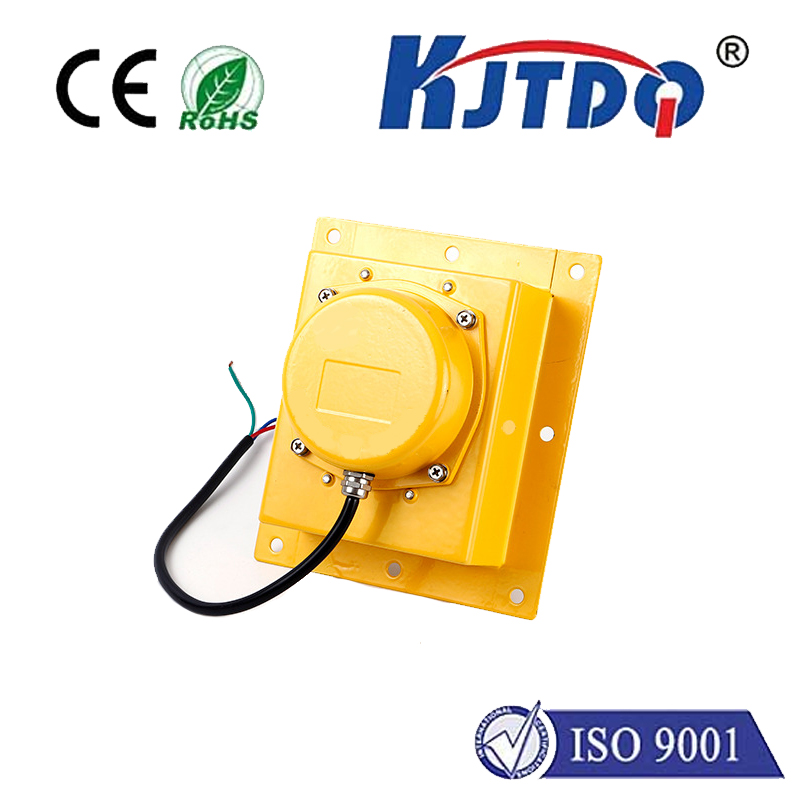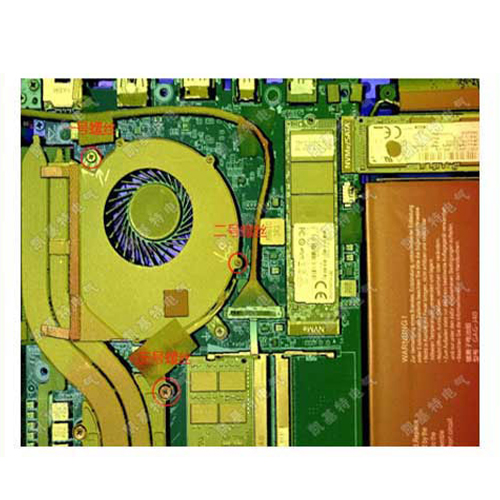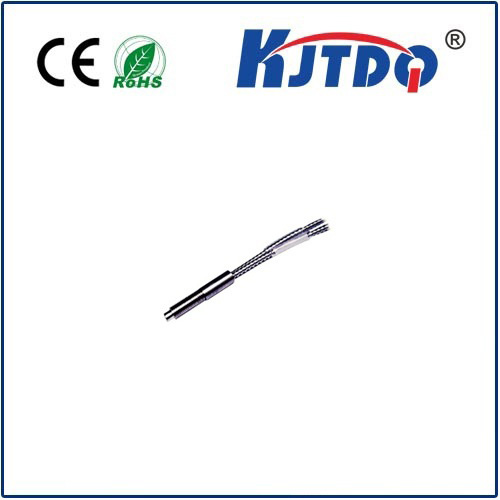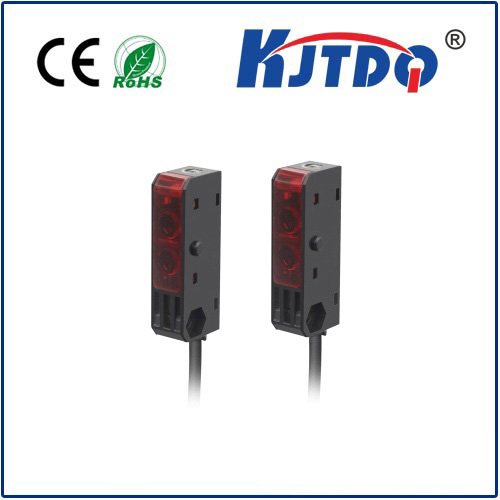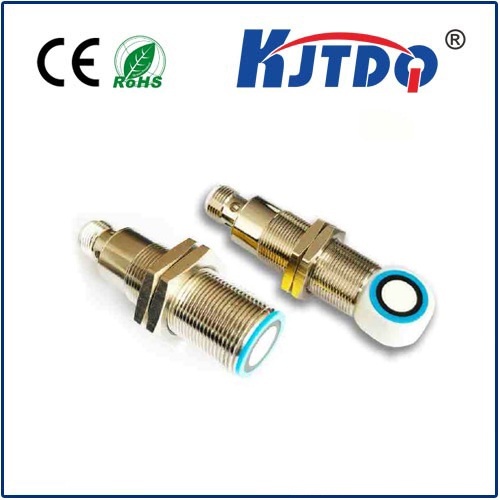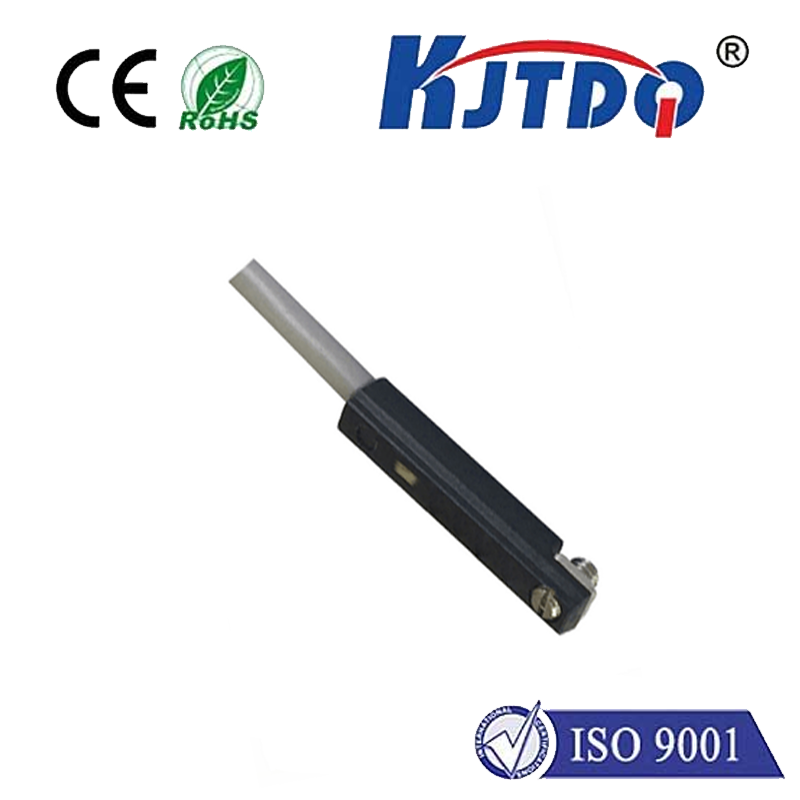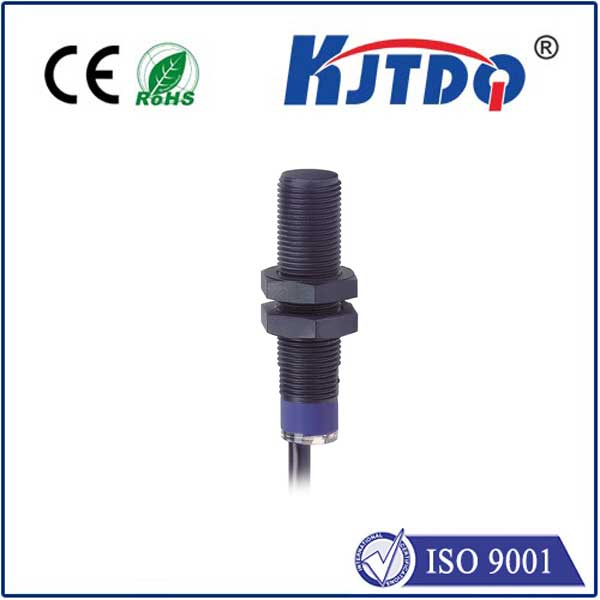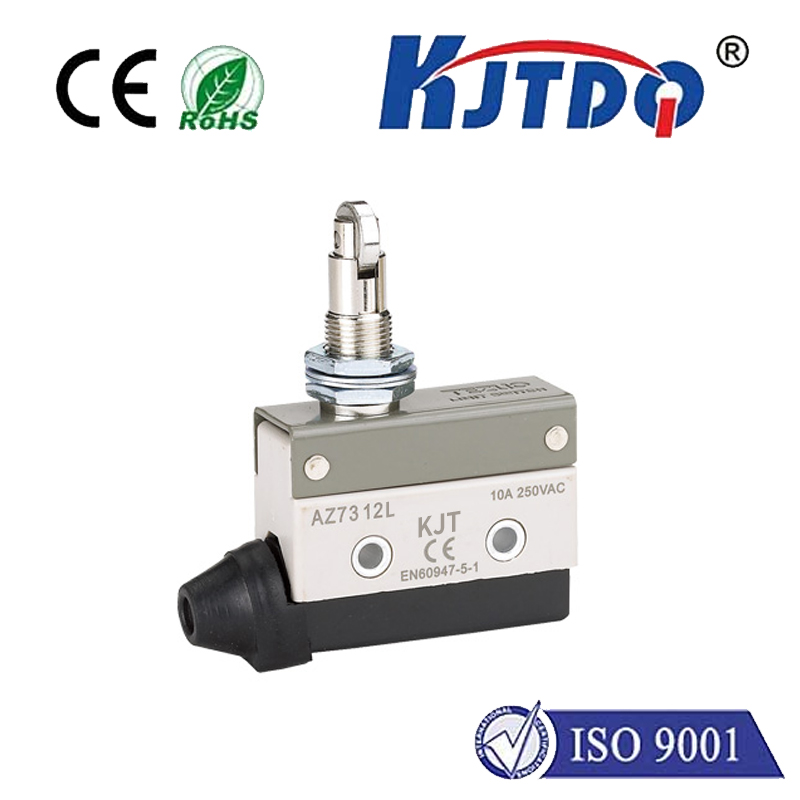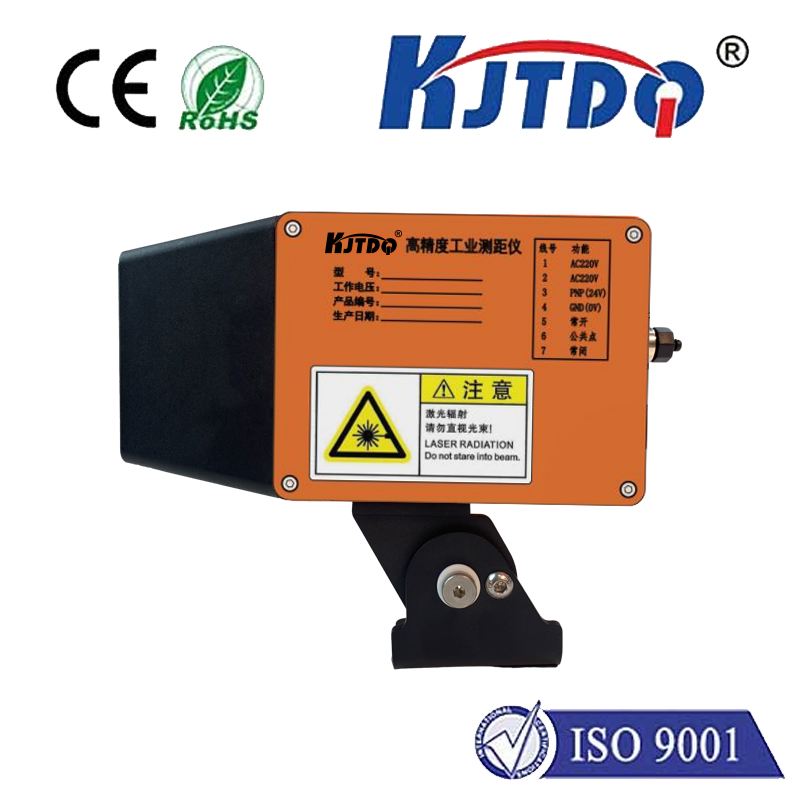fiber optic fabry perot sensors an introduction
- time:2025-08-15 04:11:23
- Нажмите:0
Fiber Optic Fabry Perot Sensors: Unlocking Precision Measurement Through Light Interference
Imagine a sensor so sensitive it can detect the whisper-thin vibrations of a bridge or the subtle pressure changes inside a jet engine. Welcome to the world of Fiber Optic Fabry-Perot (FFP) sensors, a transformative technology harnessing the fundamental physics of light interference to deliver unparalleled precision across demanding environments. Unlike conventional electronic sensors struggling with noise and harsh conditions, FFP sensors leverage the power of optics, offering a unique combination of sensitivity, resilience, and versatility that’s reshaping industrial monitoring, scientific research, and medical diagnostics.
Demystifying the Fabry-Perot Principle
At the heart of every FFP sensor lies the Fabry-Perot interferometer (FPI). Conceptually simple yet profoundly powerful, an FPI consists essentially of two partially reflective mirrors facing each other, creating a resonant cavity. When light enters this cavity, it bounces back and forth between the mirrors. Light waves that match the cavity’s specific resonant wavelengths (where the round-trip path length is an integer multiple of the wavelength) constructively interfere, building in intensity. Wavelengths that don’t match destructively interfere and are suppressed. This creates a distinctive comb-like pattern of transmission peaks versus wavelength, known as the interference spectrum.
How Does an FFP Sensor Work?
Fiber Optic Fabry-Perot sensors integrate this interferometric principle directly into optical fibers:
- The Sensing Cavity: The core innovation is the formation of a micro-resonant cavity along the optical fiber. This cavity can be created in several ways:
- Intrinsic FFP Sensors: The cavity is formed within the fiber itself, often by creating two closely spaced semi-reflective surfaces (like fiber Bragg gratings with a gap, dielectric mirrors deposited on cleaved fiber ends, or controlled fusion splices).
- Extrinsic FFP Sensors (EFPI): Here, the cavity exists externally, typically between the end face of a fiber and a separate reflective diaphragm or target membrane. The fiber delivers light to and collects reflected light from this external cavity.
Light Interaction: Broadband light (or a tunable laser) is launched down the fiber towards the Fabry-Perot cavity. Light entering the cavity undergoes multiple reflections.

Cavity Length is Key: The physical distance between the two reflective surfaces defines the cavity length (L). This length is the critical parameter that determines the specific wavelengths that undergo constructive interference and form the transmission peaks in the spectrum.
The Sensing Mechanism: The physical parameter being measured (e.g., pressure, temperature, strain, displacement, vibration, refractive index) intentionally alters the cavity length (L). For instance:
- Pressure might flex a diaphragm, changing
Л.
- Temperature might thermally expand the cavity materials, changing
Л.
- Strain might physically stretch the cavity, changing
Л.
Interference Pattern Shift: Any change in cavity length (ΔL) causes a proportional shift (Δλ) in the wavelengths of the interference peaks within the spectrum. A longer cavity shifts the peaks towards longer wavelengths (red-shift), a shorter cavity shifts them towards shorter wavelengths (blue-shift).
Interrogation and Detection: An optical interrogator analyzes the reflected or transmitted light spectrum from the sensor. Sophisticated algorithms precisely track the shift in the peak wavelengths (Δλ). By knowing the calibrated relationship between Δλ and the change in the physical parameter (ΔP, ΔT, Δε), the sensor output is determined with high accuracy. Common interrogation techniques include white-light interferometry (WLI), laser tuning, and scanning FPI filters.
Why FFP Sensors? Compelling Advantages
The unique structure and operating principle of fiber optic Fabry-Perot sensors bestow significant advantages:
- Exceptional Sensitivity and Accuracy: Capable of detecting minute changes in cavity length (nanometers or less), translating to high-resolution measurement of pressure, strain, displacement, etc.
- Immunity to Electromagnetic Interference (EMI): Constructed entirely from dielectric materials (glass/silica), they operate unaffected by strong electric, magnetic, or RF fields – a critical advantage in power plants, aerospace, and industrial settings.
- Intrinsic Safety: No electrical signals at the sensing point, making them inherently spark-free and ideal for hazardous environments (oil/gas, mining, chemical plants).
- Miniaturization: The sensing element can be extremely small (micron-scale cavities possible), enabling integration into tight spaces or direct embedding into composite materials.
- Remote Sensing & Multiplexing: Signals travel kilometers through optical fibers with minimal loss. Multiple sensors can often be arranged along a single fiber line (multiplexed), reducing cabling complexity and cost for distributed sensing networks.
- Wide Operating Range: Can function reliably from cryogenic temperatures up to several hundred degrees Celsius, depending on packaging.
- Resistance to Harsh Environments: Robust silica-based construction offers resilience against corrosion, moisture, and high pressure/vibration.
- Multiparameter Sensing: Careful design allows some FFP structures to be sensitive to multiple parameters (e.g., pressure and temperature) simultaneously, enabling cross-talk compensation or combined measurements.
Where FFP Sensors Shine: Key Applications
The unique blend of properties makes FFP sensors indispensable in numerous fields:
- Аэрокосмическая деятельность: Monitoring strain, pressure, vibration, and temperature in aircraft wings, engines, and composite structures for structural health monitoring (SHM) and testing. EMI immunity is crucial here.
- Energy (Oil & Gas): Downhole pressure and temperature sensing in extreme well environments. Intrinsic safety is paramount. Monitoring pipelines and infrastructure.
- Civil Engineering: SHM for bridges, dams, buildings, tunnels (measuring strain, displacement, settlement, vibration).
- Power Grids: Temperature and current monitoring in transformers, switchgear, and high-voltage cables.
- Medical: Miniaturized sensors for pressure monitoring in catheters (intracranial, blood pressure), temperature sensing during ablation, and force feedback in surgical robotics.
- Industrial Process Control: Pressure measurement in harsh chemical processes; precise displacement and vibration monitoring in machinery.
- Research: High-precision measurement tools in physics, material science, and acoustics laboratories.
Considerations and Limitations
While powerful, FFP sensors aren’t a universal solution:
- Interrogation Cost: The required optical interrogation units can be more complex and costly than simple electronic readouts.
- Sensitivity to Temperature: While exploited for temperature sensing, temperature can also cause unwanted cross-sensitivity in sensors primarily designed to measure other parameters like strain or pressure. Packaging and referencing techniques are used to mitigate this.
- Precision Fabrication: Manufacturing consistent, high-quality micro-cavities requires specialized processes.
- Demodulation Complexity: Accurately tracking spectral shifts, especially for low-finesse cavities, demands sophisticated signal processing algorithms.
The Future is Bright
Fiber Optic Fabry-Perot sensor technology continues to evolve rapidly. Advancements focus on enhanced multiplexing capabilities for denser sensor networks, development of specialized high-temperature and ultra-miniature probes, improved signal demodulation techniques for lower costs and higher speeds, and novel materials for extreme environments. The core advantages of EMI immunity, intrinsic safety, high sensitivity, and remote operation ensure Fabry-Perot interferometer sensors remain at the forefront of precise measurement solutions, illuminating the path towards smarter infrastructure, safer industrial processes, and deeper scientific understanding. Their ability to turn subtle physical changes into clear optical signals makes them a fundamental tool in the modern sensing landscape.

